With less than two weeks to go until the 2023 chemistry Nobel prize is announced, Web of Science provider Clarivate has published its annual list of citation laureates – researchers whose work ranks among the 0.01% of most highly cited publications, with 2000 citations or more.
This year, the list includes 23 researchers from institutions in five countries who, according to analysis carried out by the Institute for Scientific Information (ISI) at Clarivate, have carried out work deemed to be worthy of a Nobel prize. Of those, eight individuals were selected in the field of chemistry.
Bioengineer James Collins, from the Massachusetts Institute of Technology (MIT), US, biologist Michael Elowitz from Caltech, US, and theoretical and experimental biologist and physicist Stanislas Leibler, at Princeton, US, were selected for their ‘pioneering work’ on synthetic gene circuits, which established the field of synthetic biology. This discipline combines the principles of engineering with biology to create new, artificial biological structures.
The trio were behind two papers published in Nature on 20 January 2000 that are recognised as launching the field of synthetic biology. The first, by Elowitz and Leibler, presented a synthetic genetic oscillator. The other by Timothy Gardner, Charles Cantor and Collins, reported a synthetic genetic toggle switch in E. coli, showing that it was feasible to model, design and construct synthetic gene networks out of biomolecular components.
Two researchers from the University of Cambridge, UK, are next on the list of citation laureates. Medicinal chemist Shankar Balasubramanian and biophysical chemist David Klenerman are credited with the co-invention of next-generation DNA sequencing that has ‘revolutionised’ biological research. The duo co-founded the company Solexa in 1998, which was subsequently acquired by the biotechnology company Illumina in 2007. Solexa–Illumina ‘next-generation sequencing’ is now thought to be responsible for as much as 90% of the total DNA and RNA sequencing in the world.
In 2021, Balasubramanian and Klenerman were awarded the Millennium Technology Prize by the Technology Academy Finland and then won the 2022 Breakthrough Prize in Life Sciences for the development of next-generation DNA sequencing.
Finally, researcher and director general of the Innovation Center of NanoMedicine, Kazunori Kataoka, from the University of Tokyo in Japan, Russian biochemist and pharmacologist Vladimir Torchilin, from Northeastern University in the US, and Karen Wooley, a polymer chemist from Texas A&M University, US, have been selected for their role in the development of innovative drug and gene targeting and delivery methods.
Since 2002, experts at the ISI have identified 71 citation laureates prior to their Nobel Prize success – often years before they were recognised in Stockholm. Among them are the 2020 winners Jennifer Doudna and Emmanuelle Charpentier, and one of the 2019 laureates, John Goodenough. All three of them were citation laureates in 2015.
Predictions relying on gut instinct and knowledge of the field, rather than number crunching, are also being made within the scientific community with a Chemistry Views poll having so far received 1260 responses. The poll predicts this year’s prize will go to a male biochemist from America.
Among suggestions for who the Nobel laureate may be, Klenerman and Balasubramanian both had multiple mentions, but Omar Yaghi, at Berkeley, University of California, US, who is widely known for pioneering metal–organic frameworks (MOFs) and covalent organic frameworks (COFs), was suggested at least four times as a possible 2023 Nobel prize winner.
John Jumper, a research scientist based at DeepMind Technologies, was also suggested by several respondents. Jumper received the 2023 Breakthrough Prize in Life Sciences for developing the artificial intelligence model, AlphaFold, which can accurately predict the structure of proteins.
With 44.5% of the votes, mRNA vaccines were the pick of those who took part in the Twitter poll run by Stuart Cantrill, editorial director for Nature’s physics and chemistry journals. Just over 20% voted for MOFs/porous materials, while 17% went for DNA synthesis/sequencing.
3 weeks today (Oct 4th), the 2023 #chemnobel will be announced, so it's time for my annual #ChemTwitter poll! What topic do you think *will* (not should) claim the prize? (Leave comments suggesting what might win if none of the options in the poll...). RTs appreciated!
— Stuart Cantrill (@stuartcantrill) September 13, 2023
The 2023 chemistry Nobel prize will be announced on Wednesday 4 October. Chemistry World will be tracking all the developments that day before and after the prize is announced at 10.45am BST.





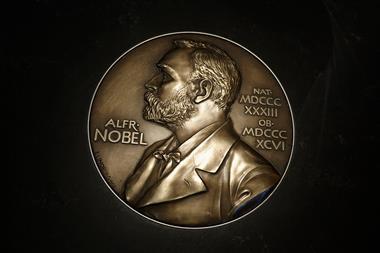
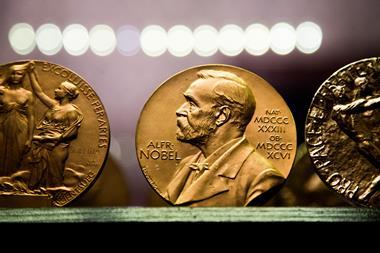
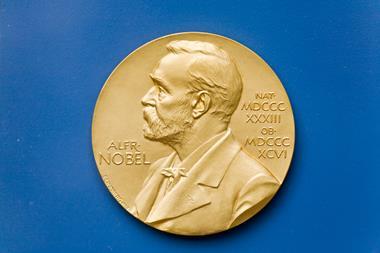
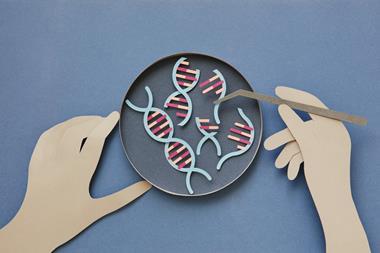
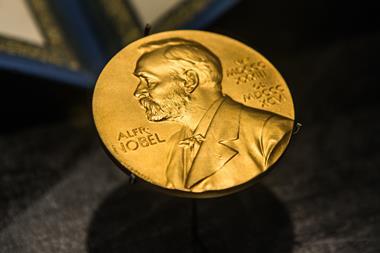







No comments yet